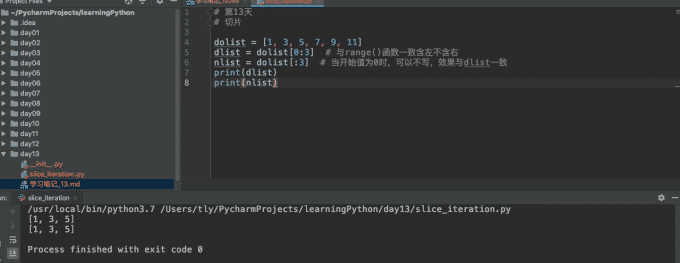详解Python中的变量及其命名和打印
在程序中,变量就是一个名称,让我们更加方便记忆。
cars = 100 space_in_a_car = 4.0 drivers = 30 passengers = 90 cars_not_driven = cars - drivers cars_driven = drivers carpool_capacity = cars_driven * space_in_a_car average_passengers_per_car = passengers / cars_driven
print "There are", cars, "cars available." print "There are only", drivers, "drivers available." print "There will be", cars_not_driven, "empty cars today." print "We can transport", carpool_capacity, "people today." print "We have", passengers, "to carpool today." print "We need to put about", average_passengers_per_car, "in each car."
提示:下划线一般用在变量名中表示假想的空格。让变量名的可读性高一点。
运行结果:
root@he-desktop:~/mystuff# python ex4.py
There are 100 cars available. There are only 30 drivers available. There will be 70 empty cars today. We can transport 120.0 people today. We have 90 to carpool today. We need to put about 3 in each car. root@he-desktop:~/mystuff#
更多的变量和打印
现在我们输入更多的变量并打印他们,通常我们用""引住的叫字符串。
字符串是相当方便的,在练习中我们将学习怎么创建包含变量的字符串。有专门的方法将变量插入到字符串中,相当于告诉Python:“嘿,这是一个格式化字符串,把变量放进来吧。”
输入下面的程序:
# -- coding: utf-8 -- my_name = 'Zed A. Shaw' my_age = 35 # 没撒谎哦 my_height = 74 # 英寸 my_weight = 180 # 磅 my_eyes = 'Blue' my_teeth = 'White' my_hair = 'Brown'
print "let's talk about %s." % my_name print "He's %d inches tall." % my_height print "He's %d pounds heavy." % my_weight print "Actually that's not too heavy." print "He's got %s eyes and %s hair." % (my_eyes, my_hair) print "His teeth are usually %s depending on the coffee." % my_teeth
# 下面这行比较复杂,尝试写对它。 print "If I add %d, %d, and %d I get %d." % ( my_age, my_height, my_weight, my_age + my_height + my_weight)
提示:如果有编码问题,记得输入第一句。
运行结果:
root@he-desktop:~/mystuff# python ex5.py
let's talk about Zed A. Shaw. He's 74 inches tall. He's 180 pounds heavy. Actually that's not too heavy. He's got Blue eyes and Brown hair. His teeth are usually White depending on the coffee. If I add 35, 74, and 180 I get 289. root@he-desktop:~/mystuff#
